Luis Darin - Private Tour Guide In Rio
Places to See
+55 (21) 991-688-150

- Read reviews of Luis Darin Private Tour Guide In Rio
Here you will find a variety of places that could be included on your Tailor Made Tour.
Please, visit the Suggested Full Day Tours section for suggested itineraries.
Rio's Botanic Garden
The garden was created in 1808 by order of the Portuguese prince Dom João VI as a temporary site for acclimatizing exotic plant species from all over the world broth there by the Portuguese. In the premises we will visit Brazil’s first gunpowder factory. During the walk we will also be able to see the majestic imperial palm trees and the orchid and Bromeliad greenhouses.
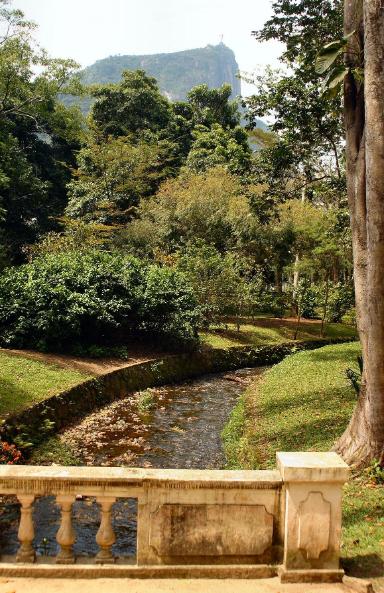
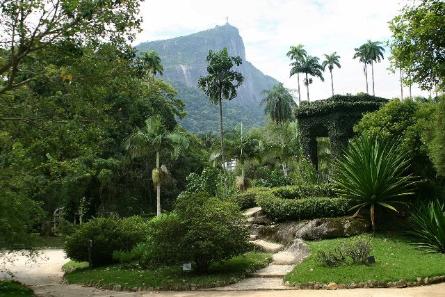
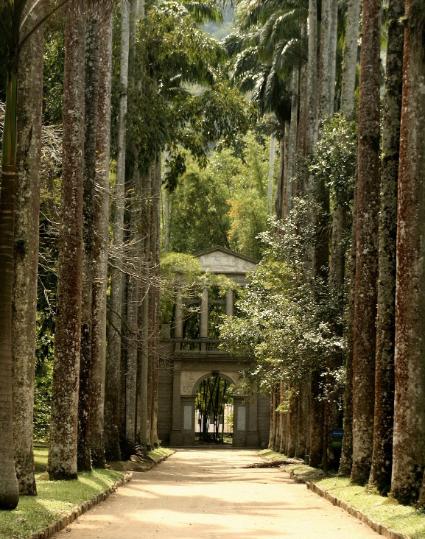
Niteroi
We’ll drive over the
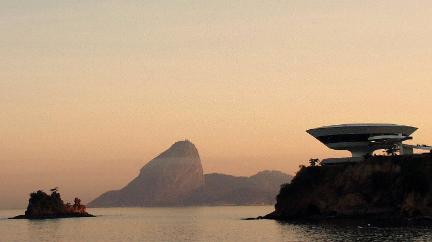
Historical downtown Rio
Here you will visit São Bento Monastery with it’s gold plated hand-carved walls, Paço Imperial; the first residence of the Portuguese Imperial Family in Brazil, the Telles Arches which will lead you to Travessa do Comércio; A narrow and most charming cobblestone alleyway that is one of the rare authentic colonial sites in downtown Rio, and then the Viennese style 120 years old Confeitaria Colombo with its 15 ft high Belgian mirrors.
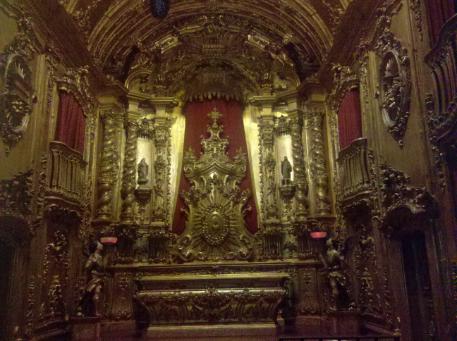
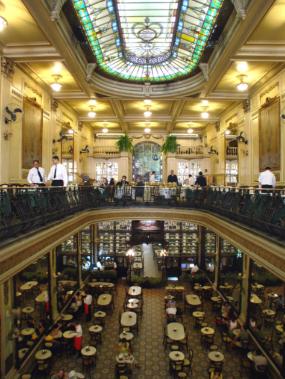
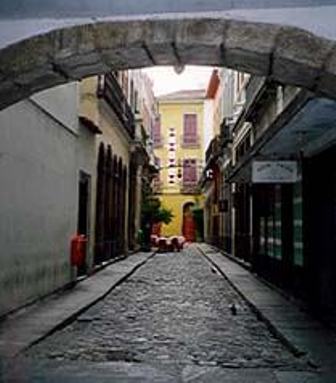
Prainha, Perigoso, Meio, Funda and Inferno Beaches
These are some of the best well kept secrets of Rio. A surfer’s paradise situated 40 kilometers away from Copacabana, located inside an environmental protection area and surrounded by mountains covered with lush vegetation. Some of these beaches are reachable only by boat. Over there the Atlantic Forest vegetation reaches the sand and it’s quite common to find no one at all at the beach.
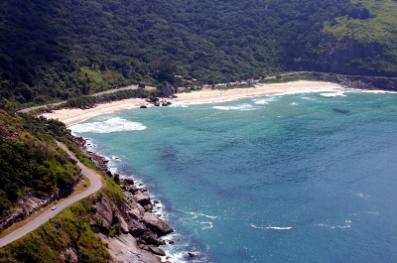

This large park is located near the Botanic Gardens in the south part of the city. During the 16th century the place was a sugar mill owned by the governor of Rio de Janeiro province. In 1840 an English nobleman became the new owner and hired the landscape designer John Tyndale to design the romantic style garden at the property.
Later on part of the farm was purchased by Antonio Martins Lage and became known as the Lage estate. In 1920 the estate became the property of Henrique Lage who was an art and opera lover. Henrique Lage fell in love and married an Italian opera singer named Gabriela Besanzoni. The mansion was his wedding gift to his wife, who in the 1930’s held several parties there.
In 1976 the place, know today as Parque Lage, was incorporated into the heritage owned by the federal government and became a public asset. The visual Arts School operates inside the mansion formerly occupied by Henrique Lage and his wife. Designed in 1924 by the Italian architect Mario Vodrel, the buildind is a three-story construction embellished with Italian marble tiles and mosaics. Its 24 rooms are laid around the swimming pool from where the Christ statue on top of Corcovado Mountain can be seen while you enjoy a nice brunch served at the School café.
In the park grounds there is an aquarium and an artificial cave designed in 1840 along with the gardens, and also a large pond and a playground.
This is the perfect place to stop during your tour if you’re traveling with kids.
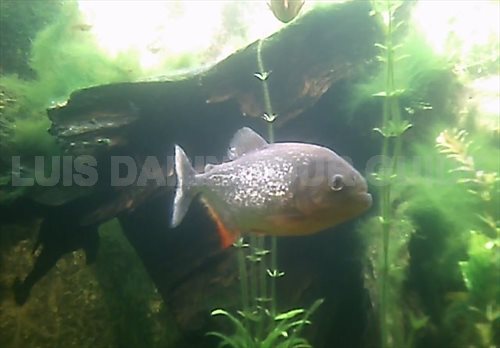
If there is one place on earth where it’s worth taking a helicopter tour, this place must be Rio de Janeiro. The geography and the scenic beauty of the city are definitely best seen from above. Bring your camera and hop up aboard the chopper for this must take 30 minutes flight over Rio’s landmarks.
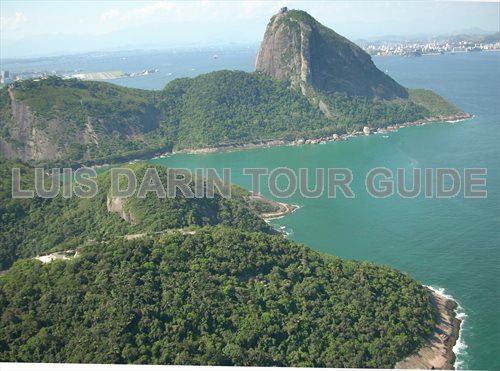

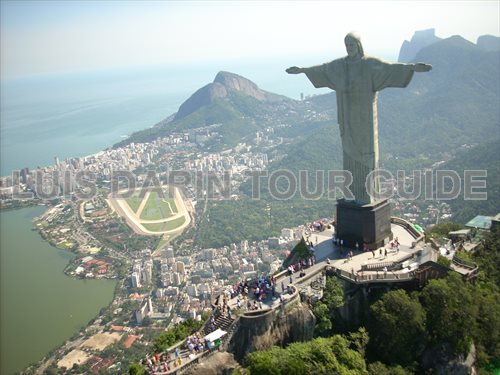
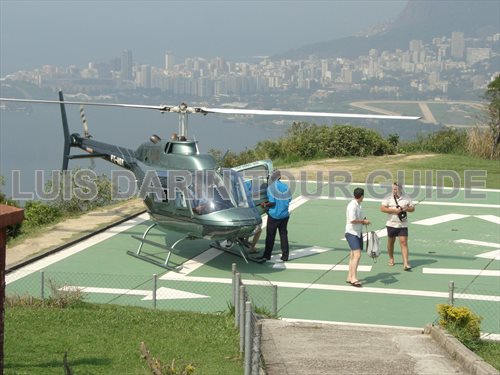
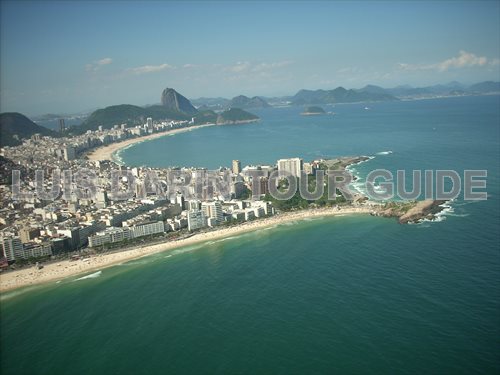
Rio has several farmers markets during the morning hours. Each morning farmers set it up on a different street.
These are the places where the locals go to do their grocery shopping, and tourists are welcome to walk around the several stands sampling the fruits and vegetables offered at the market. The fruit in Brazil really taste different. More than once I had people telling me “So that is what mango is supposed to taste like! I feel I’ve been cheated all my life…”
Besides the many nice pictures you’ll take of the very colorful stands, you’ll also be able to try some amazing street food like the “pastel com caldo de cana” (fried empanadas and sugarcane juice).

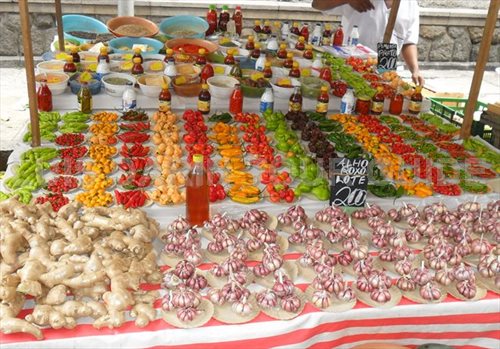
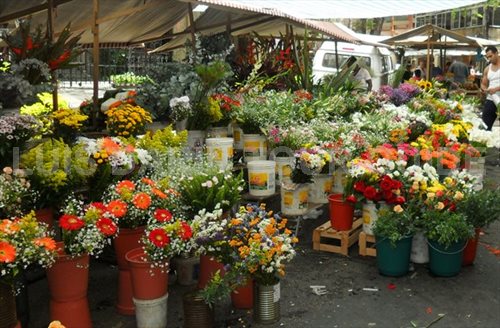
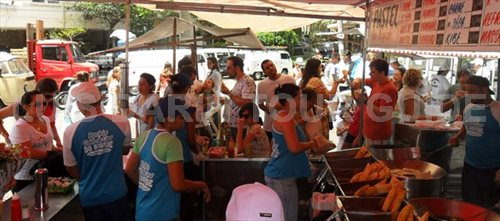
Waterfall shower in Tijuca Forest
Rio has a huge National Park where there are several waterfalls. Bring your hotel towels and we’ll stop at one of those waterfalls during the tour for a refreshing shower surrounded by the lush vegetation of Tijuca National Park.

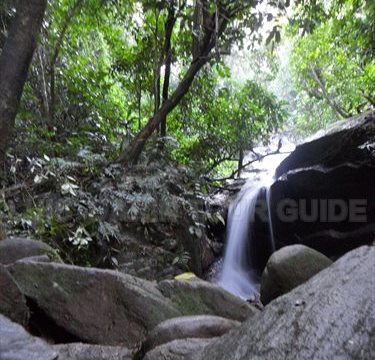
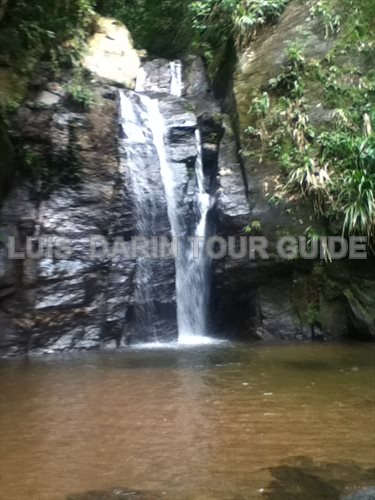
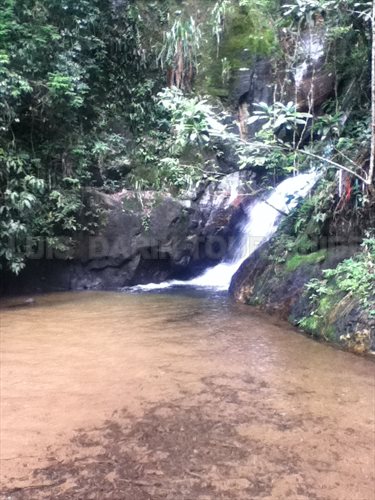
Copacabana Fort
The
Copacabana Fort is located at the tip of the Copacabana Beach and has some of
the best views in town.
On the seaside ramparts of the fort there is a cafe where you can relax and enjoy the outstanding pastries, cakes, and sandwiches prepared by the local branch of Confeitaria Colombo.
The fort is open to visitation from Tuesday to Sunday 10am to 8pm. The entrance fee is BRL 4.00.
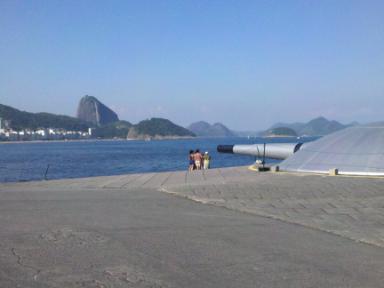

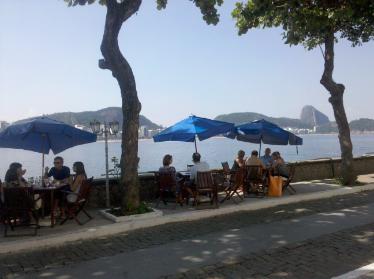
Northeast Traditions Centre
The Luiz
Gonzaga Northeast Traditions Centre is the place where the traditional São
Cristovão Fair is held. About 700 permanent tents offer a sample of Brazilian
Northeast culture, such as typical food, handcrafts, forró players, dance,
singers and also folk literature. The fair attracts visitors from all over the
country and abroad. Every month about 450 thousand tourists and local people
visit it. It is a place for dancing, handcraft shopping, and also a place to
try some of the local specialties at one of the many typical Northeastern
restaurants.
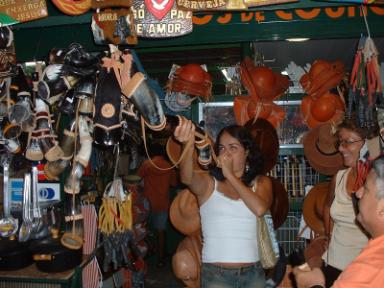
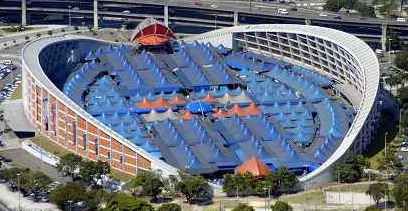
Rio has a large number of favelas and lately more and more people have shown interest in visiting those places.
I do not personally conduct tours to the favelas simply because I’m not an expert on the subject. I can give you a general view and an outsider’s perception, but I do not have the knowledge to conduct a tour that will provide you the insight and the approach of someone who live in those areas.
For a great favela tour I recommend that you contact Rodrigo or his partner Mary Ellen. He was born and raised at Rocinha and his tour will give you an insider’s perspective.
You may call him at + 55 21 9800 6278 OR +55 21 9982 4333 or contact him by email at cariocafreeculture@gmail.com
Here you’ll find his references on Trip Advisor.
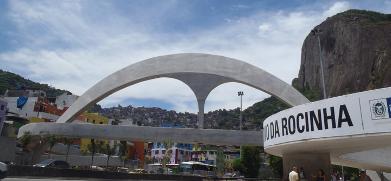
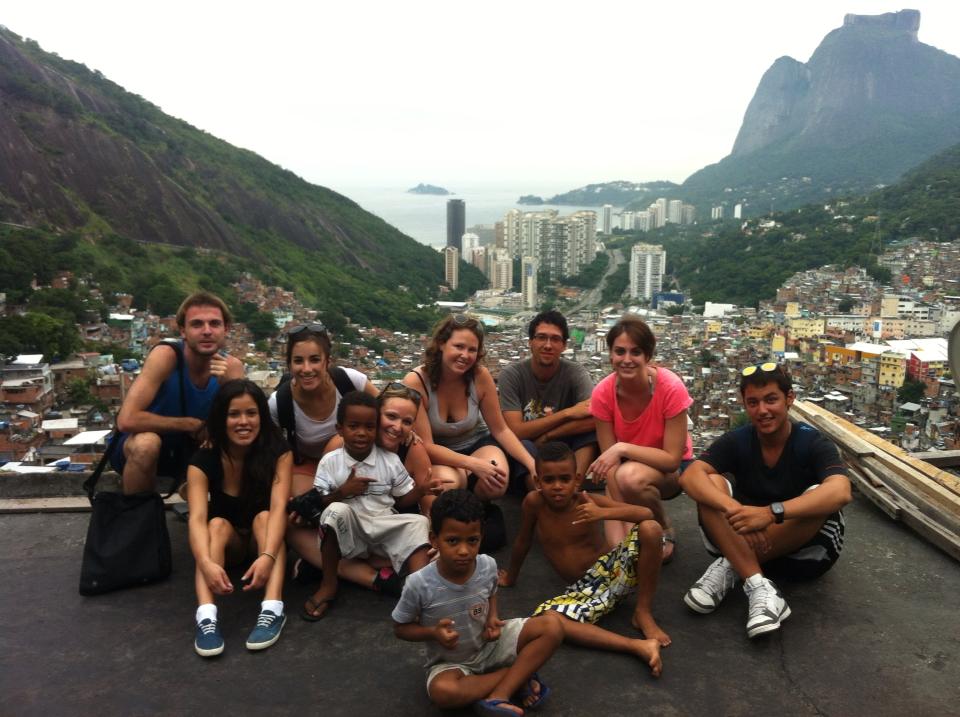
This fort, located at the very end of Copacabana Beach, is a well-kept secret.
The fort was built in 1776 as a lookout to spot incoming ships. To reach the summit of the 183m (600-ft.) hill we’ll walk for 20 minutes on an 800 meters cobblestone road that crosses the natural preserve area kept by the Brazilian Army.
Several species of the Brazilian fauna live in the area. It is not uncommon to spot mamorset monkeys, tropical birds and lizards on the way up.
Once we reach the summit, a series of spectacular views will be discovered. From the hill top we’ll have a vantage point of view of the entire extension of Copacabana Beach, Corcovado Mountain, Sugarloaf Mountain and the entrance of Guanabara Bay.
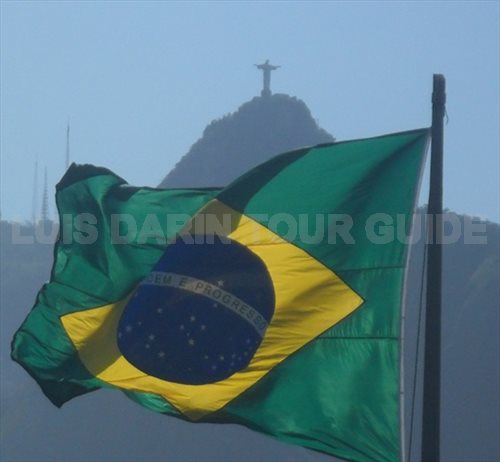

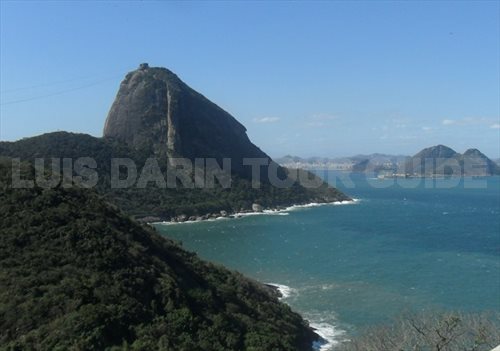
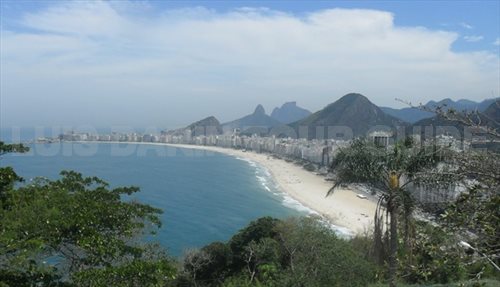
Metropolitan Cathedral
This modern
and unique cone-shaped building, inaugurated in 1979, was designed by the
Brazilian architect Edgard de Oliveira Fonseca. The monumental construction is 347
feet in diameter at the base and 246 feet high. The cathedral's four
rectilinear vivid colors stained glass windows soar 210 feet from floor to
ceiling. The church has a standing-room capacity of 20,000 people.
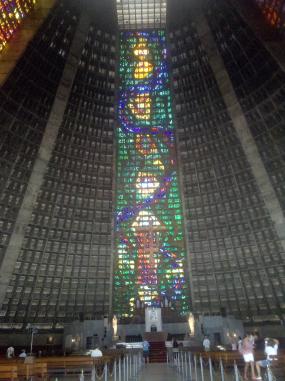
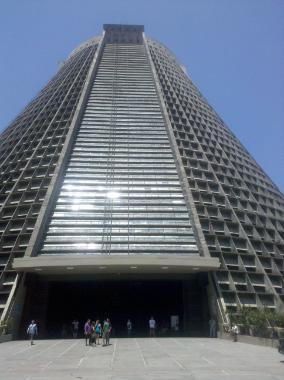
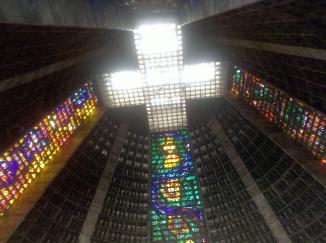
I’ve had several requests for evening tours lately and, since I only offer day tours in Rio, I’ve started to look for someone to refer those passengers who require that type of activity.
I was referred to this very interesting Rio nightlife tour by a nice couple who have hired me as their tour guide in Rio. After taking a closer look, I found out that this evening tour really translate the true Carioca spirit.
If you’re looking to have an authentic experience while enjoying Rio’s nightlife I suggest that you take a look at this tour offered by Rio Samba Dancer.
The tour is combination of Samba class and a visit to the very best samba nightclub in Rio where, accompanied by the instructor, you’ll practice your newly acquired samba skills.
Please visit Rio Samba Dancer website and book your tour directly with them.
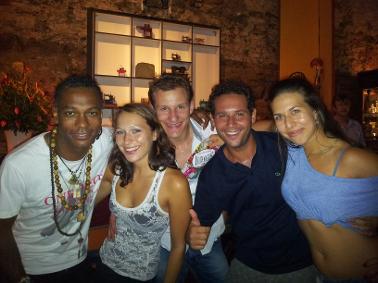
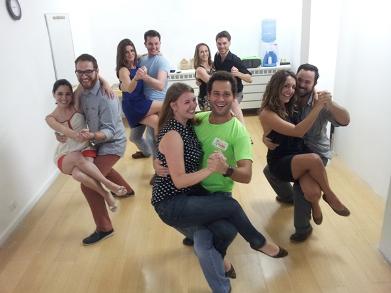
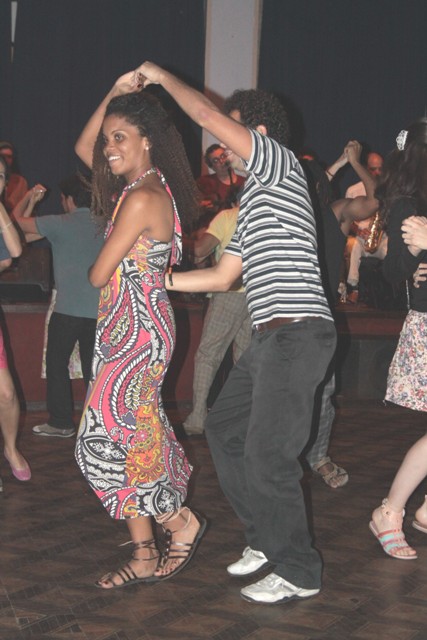
The ruins inside the park are what is left of the mansion that belonged to Laurinda Santos Lobo. The place was a meeting point for Rio’s artists and intellectuals in the 1920s and 30s. The interior of the ruins has metal walkways that grant access to the building top where we can see some of the most privileged views of Rio de Janeiro and Guanabara Bay. Attached to the park there’s the Chacara do Ceu Museum.
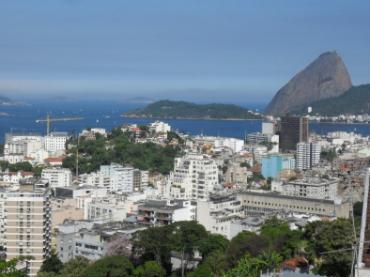
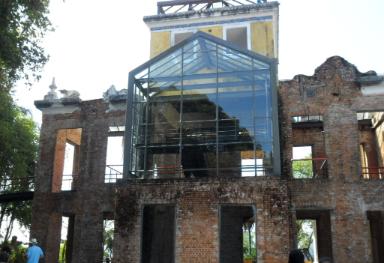
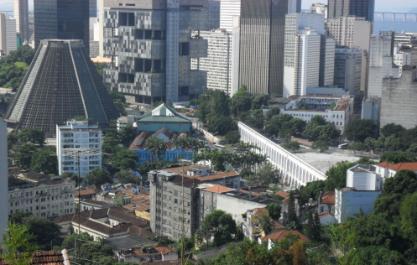
Get in touch by phone, drop me an email or fill out the form below and I’ll promptly respond to your request.
Please, check out the Testimonials page, and see what passengers have said about my tours.

+55 (21) 991-688-150

